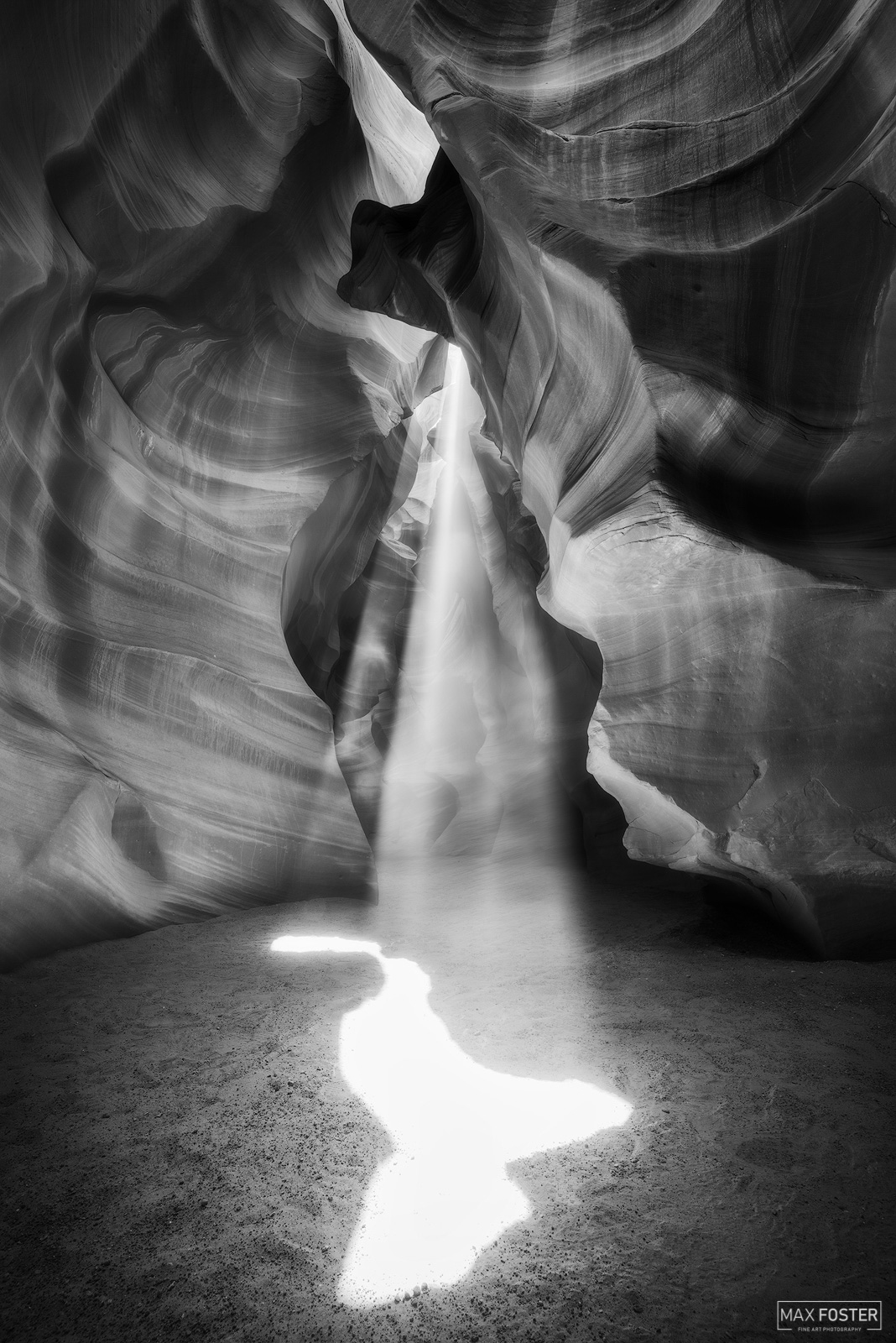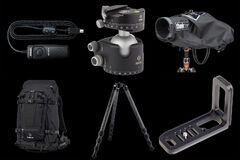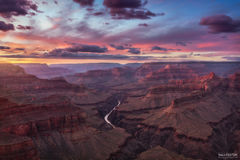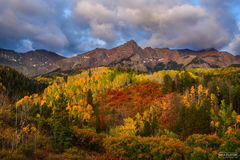A Beginners Guide to Black and White Photography
Black and white photography is one of the most elegant and timeless forms of art. By focusing on contrast and composition, the photographer utilizes strong visual elements in the scene to capture the viewer’s attention, rather than relying on bold colors. Black and white photography creates certain challenges that can enhance a photographer’s skillset, while also producing images that convey the essence of a scene. This type of photography is the purest distillation of light and elements, which must come together in harmonious balance to be successful. If you have never shot photos in black and white, it is a learning experience that can be extremely rewarding. In this article, we will cover the basics of black and white photography, the tools needed to create B&W photos and finally, how to create your first black and white images. This is a beginner’s guide to black and white photography but is also a useful refresher for more experienced photographers.
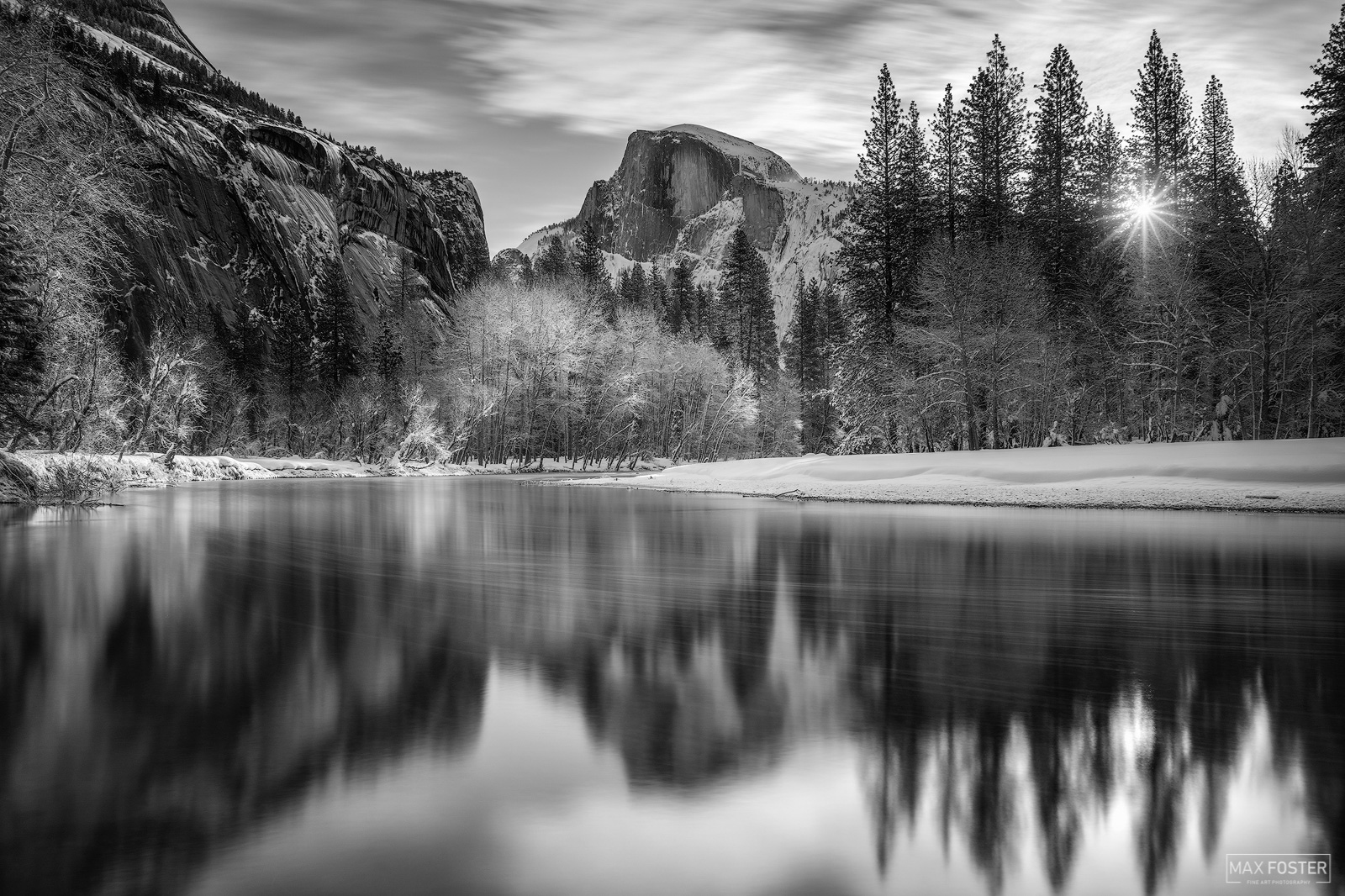
What is Black and White Photography?
Black and white photography has been around for nearly two hundred years. The first images recorded were rudimentary and more monochromatic than black and white, but this was the birth of the black and white movement. By 1900, Kodak had introduced the Kodak Brownie camera that began to make photography accessible for the general public. Today, anyone can shoot in black and white with digital cameras, film cameras or smartphones. So, what exactly is black and white photography? Oftentimes people use monochrome and black and white interchangeably, but this is not correct. Black and white photos lack any color and are more accurately defined as “grayscale.” They are either produced using a black and white camera, or they are photos that have the native color entirely removed. Black and white photos consist of a range of tones from pure black to pure white, with varying shades of gray in between. (And yes, there are more than 50 shades of grey. In fact, there is technically an infinite number of gray tones and the limiting factor is usually the human eye or a display device like a computer monitor.)
On the other hand, monochrome images contain varying shades of a single color. Common forms of monochromatic images are sepia or cyanotype, but any color can be used. Black and white photos are monochromatic, but not all monochromatic photos are black and white because they often contain a single color.
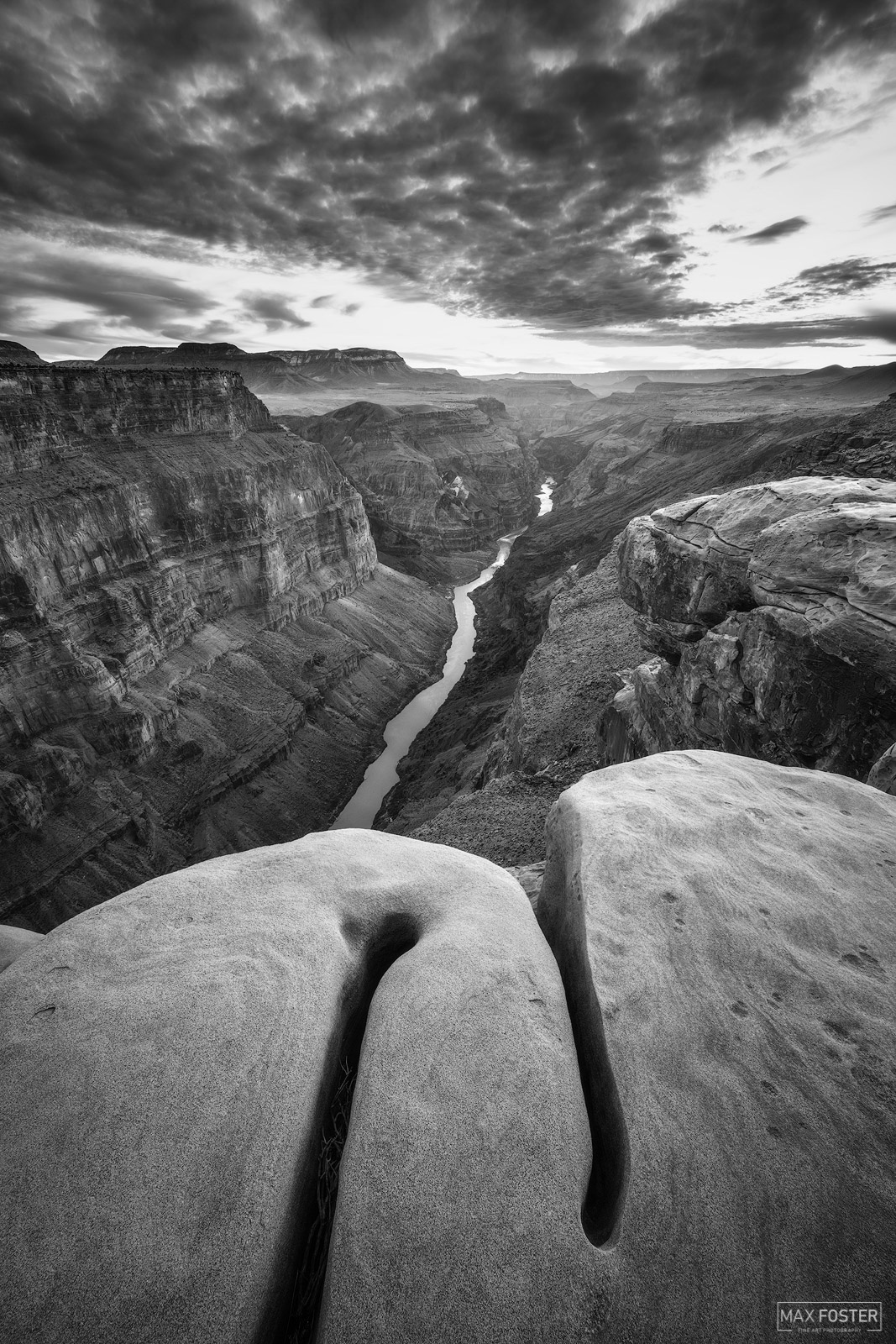
What Makes a Great Black and White Photo?
There are several elements that make a great black and white photograph. Not all these elements are required in every photo but learning how they complement one another is important in understanding what makes some B&W photos stand out from the crowd.
Contrast Is The Key
Contrast is defined as the degree of difference between the lightest and darkest parts of an image. In color photography there is also color contrast, but in black and white photography it is solely related to light versus dark. This is perhaps the most essential element for successful B&W photography. Without contrast, the resulting image will appear flat and uncompelling. Additionally, global contrast is the overall contrast of an image, whereas targeted contrast is focused on specific areas. If you have bright tones right next to dark tones, their proximity will exaggerate the contrast. In color photography it is rarely pleasing to have pure black or pure white in a photograph; in black and white images, having some amount of pure black or white can enhance the image.
Shadows Can Make or Break an Image
Shadows are related to contrast and can act as major compositional elements in photographs. Shadows can either complement a black and white scene or distract and overpower. Using shadows takes practice to see how the overall image is impacted, but they can create drama and mood. To perfect the use of shadow, try to avoid shooting with front light. Focus on side light and even back light to get the strongest shadows.
Composition Is Critical In B&W Photos
Composition is key for all photography; however, black and white images are less forgiving than color. To hone your compositional skills for black and white photography, try to concentrate on lines, patterns, shapes and the interplay of light and shadow. Certain colors that have strong contrast can look nearly identical once converted to black and white, so once again it will take practice to understand what scenes lend themselves to B&W conversion.
Tonality Conveys Mood
Global tonality greatly impacts how viewers perceive images and affect how they feel about them. This concept is essentially how dark or how light your image is. Bright images are also known as high key, while dark images are called low key. Generally, bright images convey happy, upbeat feelings, whereas dark images can be moody and dramatic.
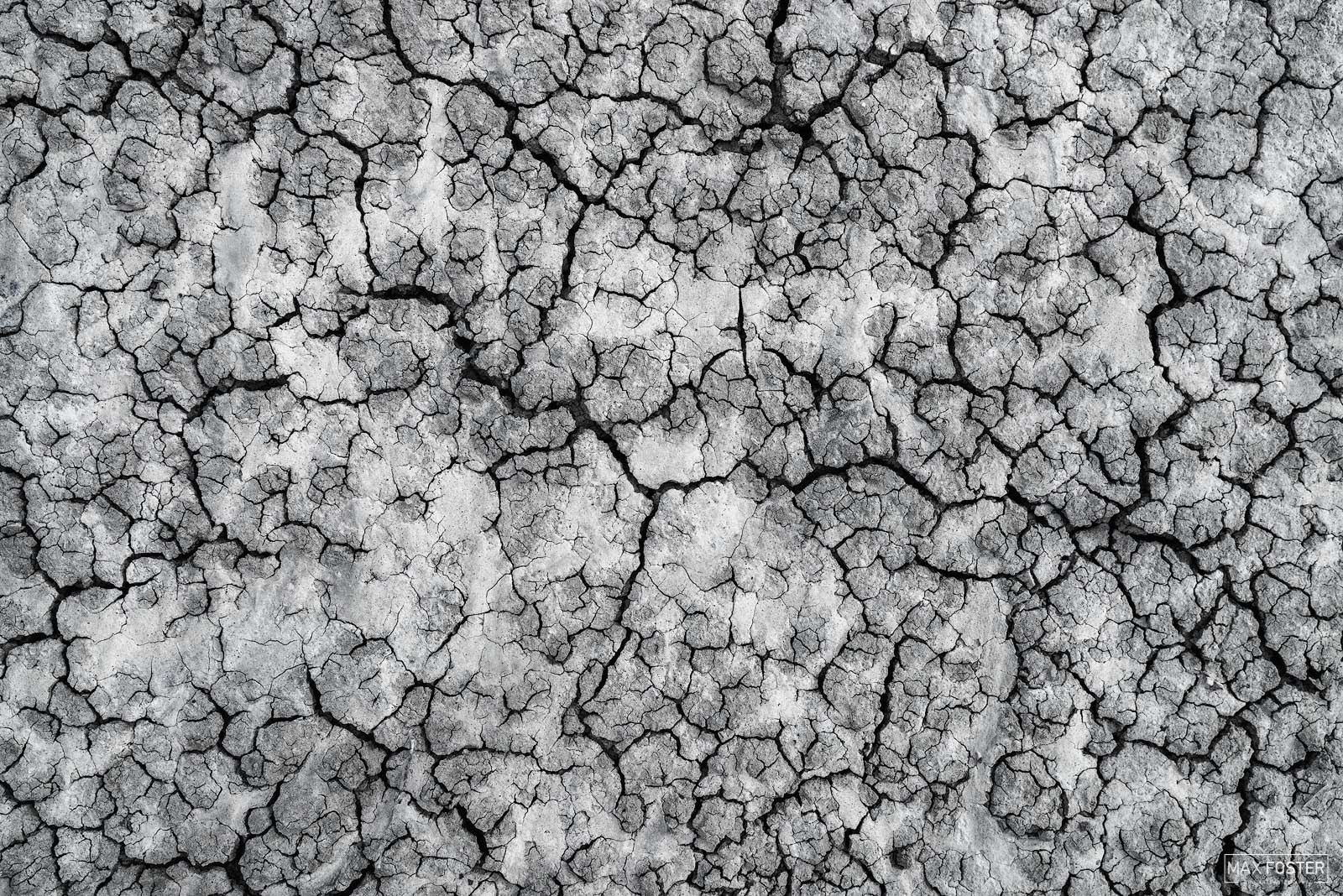
Essential Gear for Black and White Photography
Any Camera Works
Practically any camera can be used to make black and white photos. Today, most people use digital cameras and smartphones, which all are perfectly capable of creating beautiful B&W images. Cameras often have a black and white setting that allows you to shoot in black and white automatically. This can be useful for gaining an eye for B&W in the field, but the downside is that the camera will produce jpg files rather than RAW files. It is preferable to shoot in RAW format color, and then convert the photos to black and white in post processing. If you genuinely want a high-end black and white camera, there are a handful of options including the Leica M Monochrom.
Do You Need Filters?
In the days of film, different color filters were used to enhance contrast. These filters could make certain colors appear bright or dark, depending on use. Today, these are not widely used because the same effect can be accomplished in post processing software such as Adobe Lightroom.
Post Processing Software Required
Post Processing software is the modern digital darkroom and is an essential tool in a black and white photography workflow. Adobe Lightroom is a great starting place for converting color images to black and white. Rather than simply converting to grayscale, Lightroom allows you to adjust each color channel to fine tune how colors convert to gray tones. For example, in the images below the bright red flowers in the foreground were adjusted darker in the first image and brighter in the second image. This fine adjustment capability allows users to control every aspect of the black and white conversion process. Alternatively, images can be RAW processed in color and then converted to black and white in Photoshop. Photoshop has several built in adjustment tools for grayscale conversion, as well as plugins such as the DXO Nik Efex Silver Efex Pro. Photoshop also allows targeted adjustments using luminosity masks and dodging and burning, both of which can be powerful tools in a workflow.
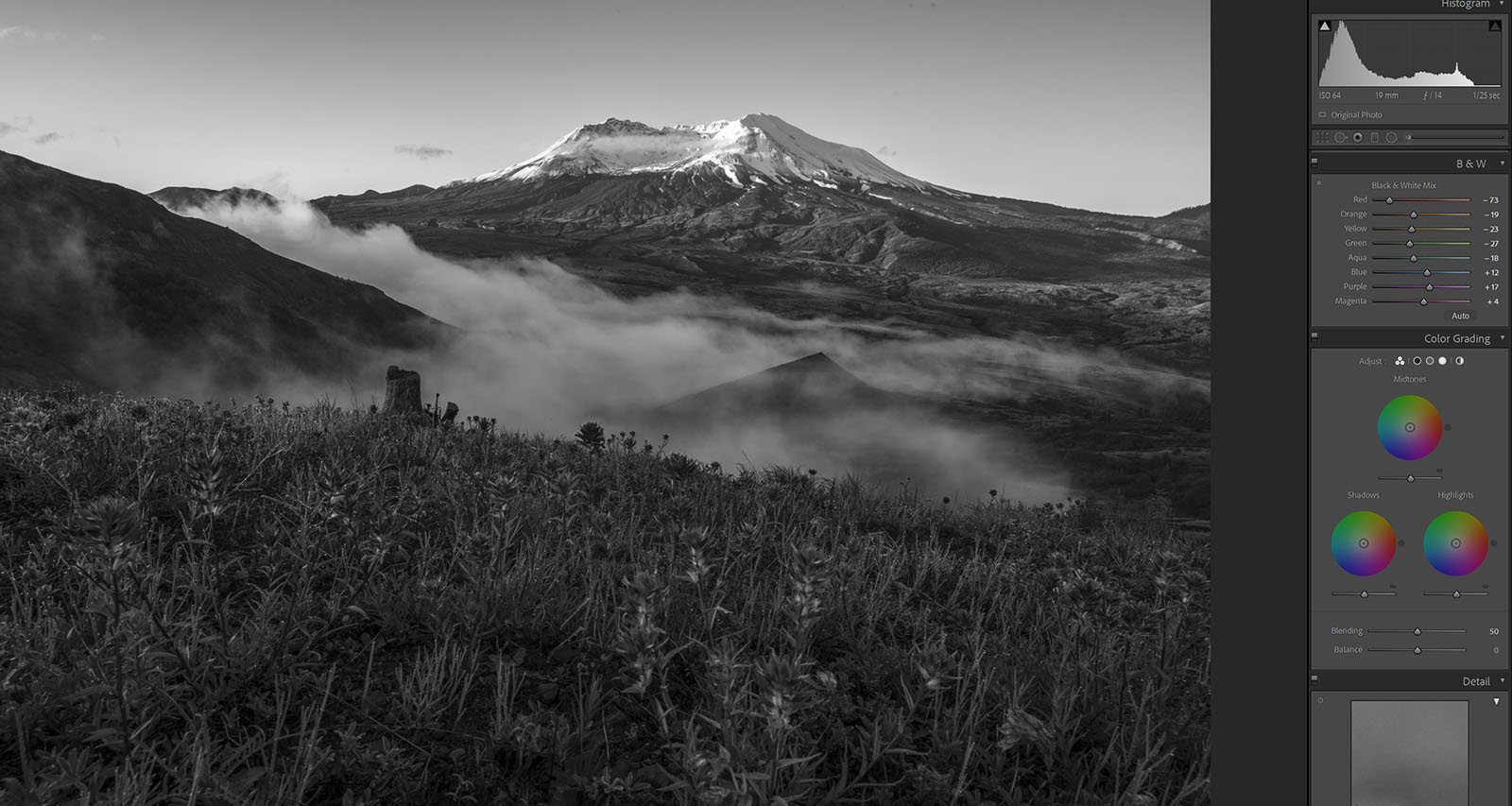
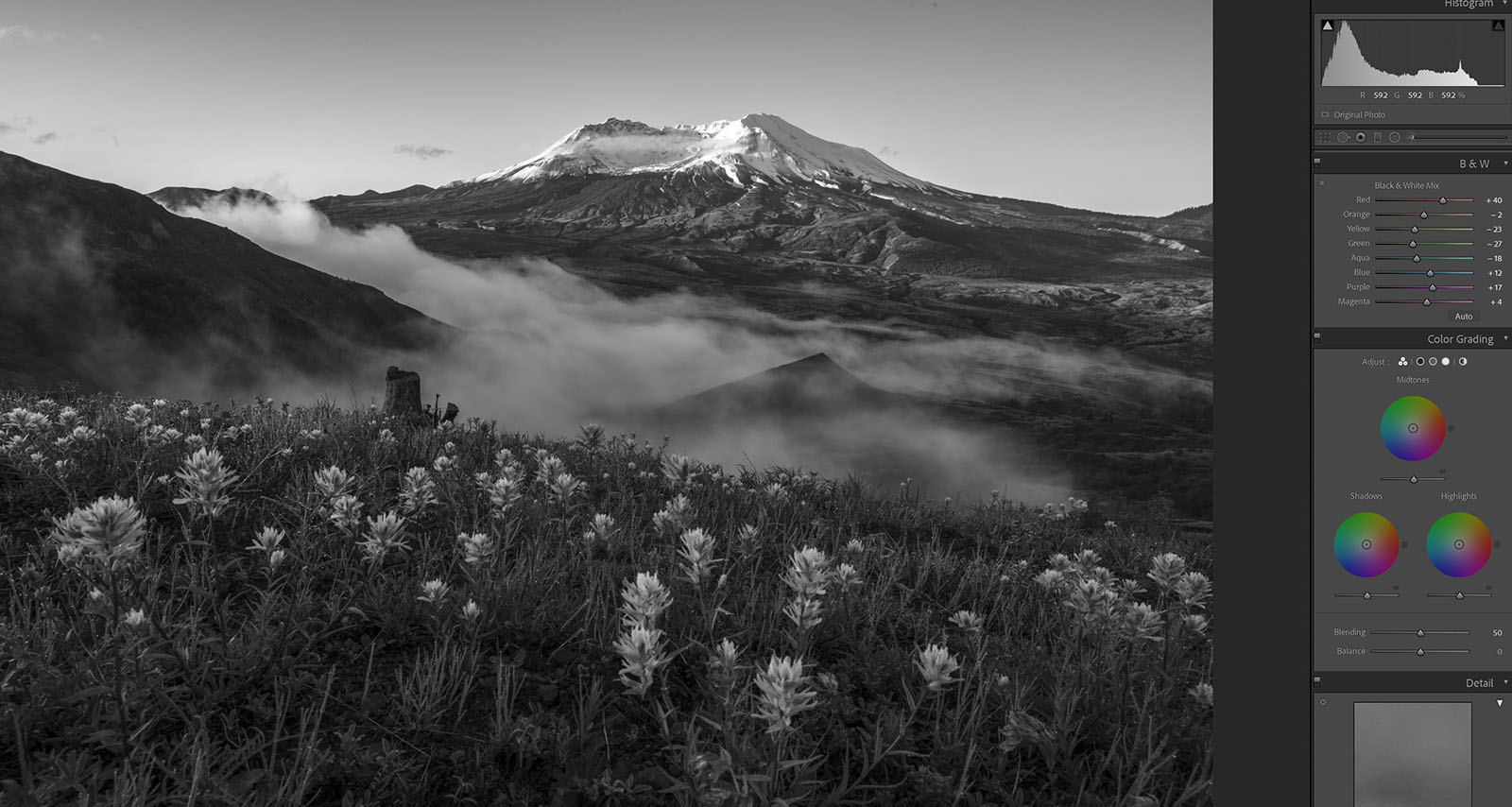
How to Create Your First Black and White Photos
Ready to make your first B&W photos? Remember these tips to get started:
1) Shoot In Color In RAW Format
RAW files contain the most digital information, which allows you to easily adjust tones in post processing without introducing noise and artifacts.
2) Look For Contrast
Look for contrast in scenes by searching for areas of brightness and darkness. Pay attention to lines, patterns and shapes created by shadows.
3) Experiment with Black and White Mode
If you want to practice learning to “see” in black and white, try experimenting with your camera’s black and white mode. This is a great learning tool, but typically only captures images in jpg mode.
4) Use A RAW Converter
Use a RAW converter like Adobe Lightroom to process your images in black and white. Utilize the black and white mix panel to adjust tones independently of one another.
5) Try Shooting Midday
Try shooting midday versus at the typical sunrise/sunset times. The harsh light of afternoon can lend itself quite nicely to high contrast B&W photos.
6) Take Advantage Of Overcast Or Snow Days
Overcast and Snow Days can look dreary, but these days are the closest we can get to experiencing black and white vision.
7) Practice!
The more often you practice shooting and converting to B&W, the more proficient you will become.
